Canadian artist and naturalist Daryl Dancer-Wade presents her portfolio, which expresses her unique view of nature and habitat.
Experiencing and teaching natural history, on the land and on the water, has been part of my paradigm for as long as I can remember. My appreciation of the landscape came about almost imperceptibly while spending summers exploring the shorelines of the sheltered glacier-carved waterways of North Western Ontario and Manitoba. This was the beginning of my journey of discovery through education and exploration of the Canadian Landscape.
My creative interests came about quietly in the background of childhood: building forts, dress-up parades, decorating bicycles, ballet, and learning to knit and sew. Some of my earliest memories are of my Grandmother and Great Aunties’ painting rooms with the overpowering odor of oil paints and turpentine. There are more memories, like those of my Grandmother stitching everything from satin wedding gowns to canvas tents on her Singer treadle sewing machine. The idea of becoming an artist came about only by happenstance when I came upon a college that accepted me as a student in their fine craft program. Three years later I graduated and became an artist working in fibre.
After three moves, raising a daughter, and many craft markets later, my work began to change from wool fibres to paper. I challenged myself to find a use for all the unsolicited mail, flyers and notices from school. After reading an article about an ancient Japanese technique of spinning paper, I developed my own method to create a thread from previously used paper, using a shredder and a spinning wheel. Once the thread is spun it is dyed, woven, stitched and appliquéd.
My last move landed me on Vancouver Island where I have had amazing experiences while working as a watershed technologist and as a wildlife naturalist, escorting guests to view grizzly bears in remote areas. I have had adult salmon swimming idly between my legs as they rested before heading up stream. Then watched quietly as a female salmon prepared her redd, where she would soon lay her eggs. I feel my connectedness to land when I observe grizzly bears in their natural surroundings, grazing on sedges of an estuary. To be able to watch a grizzly mom cautiously bring her four cubs of the year down to the river’s edge for the first time to fish salmon is beyond anything I have experienced.
When not working in the field or guiding during the summer, I spent my winters working on my bachelor of fine art. I took this time to research, examine and explore ways to express my connectedness to the landscape through my art. It was at this juncture that I realized, being an artist and a naturalist are one and the same.
Now I make art as a way to share my understanding of my natural surroundings and to examine how closely we are connected to all things living. For the foundation of my artwork, I am using the woven structure to represent the connectedness I feel to the land. The underlying structure in both weaving and nature is made up of several components, that are interlaced and connected to make each canvas and habitat structurally sound and viable.
The layering and textures in my artwork reflect the qualities and characteristics of the sensitive habitats in which I work. The appliqué and stitching suggest layering that occurs, such as the stratification found within a forest community or the inter-tidal zones that make up a marine environment. The materials I use to make my art, come from the forests and the fields, repurposed into the thread used to make the warp and weft of my woven canvases.
It is as an artist and naturalist that I hope to encourage individuals to explore their connections to the landscape on a more intimate level, to look through the visual surface and delve into a world of nature not readily seen by most.
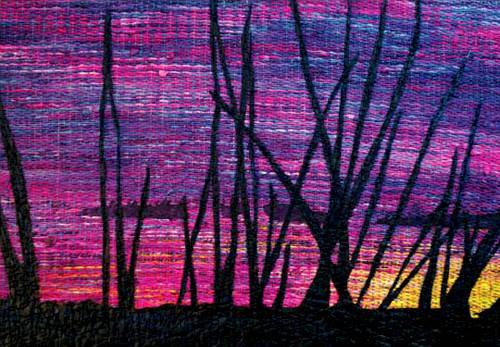
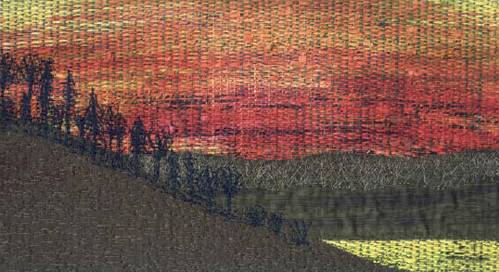

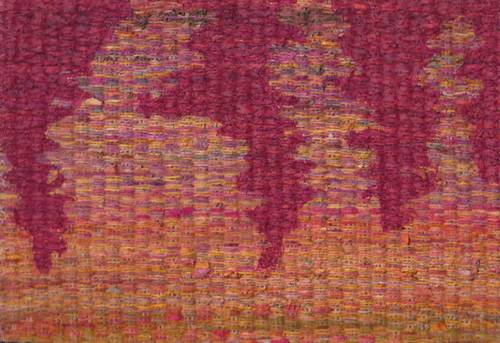
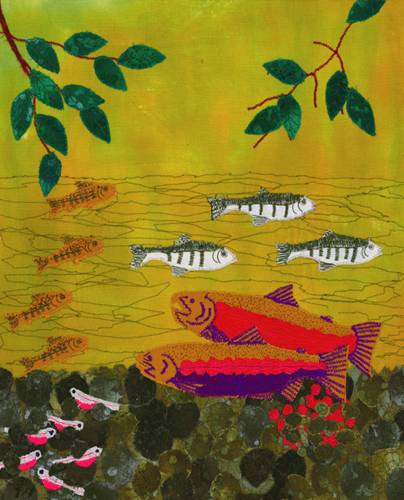
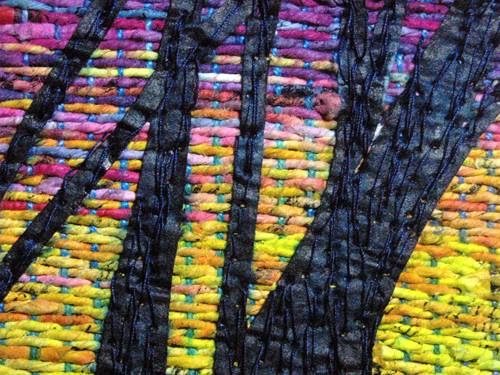
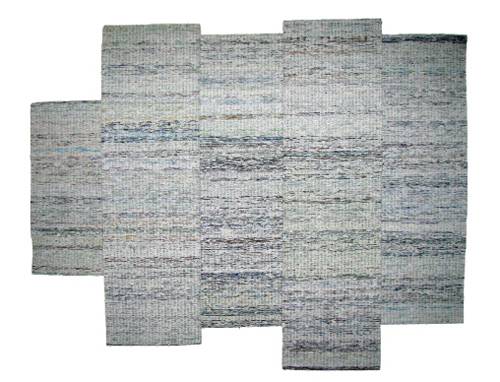


I’d wish to thank Artsy Shark for featuring me in this post. I have a new website d like to share.
http://daryldancer.com
Happy Arting!
Daryl
very impressive. From one of the family that also remembers the smell of the painting room, my grandmother, your grandmother, and Auntie Hilda